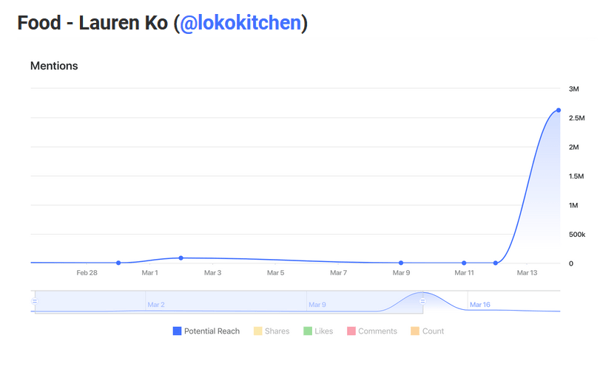Depending on what headline you read during these interesting times, it can be easy to believe that influencer marketing is either thriving or ending because of the Coronavirus pandemic. Of course, the reality is more nuanced than that. Many campaigns are paused or ended, but those who are able to continue are thriving.
The Current State of Influencer Marketing During COVID-19
First, the Good News
Influencer marketing campaigns, when they can be run tastefully in the midst of this pandemic are actually performing at record efficiency. For clients where we were able to continue campaigns, with modified language to fit the times, we saw great performance:
- Client A saw a 37% decrease in CPM;
- Client B saw a 58% decrease in CPM, a 36% decrease in CPC and a 38% decrease in CPLPV (cost per landing page view)
- Client C saw a 21% decrease in CPM, a 36% decrease in CPC and a 38% decrease in CPLPV.
- Client D saw a 46% decrease in CPM, a 51% decrease in CPC and a 51% decrease in CPLPV.
Why? Facebook usage is way up, so ad inventory is widely available. Similarly, engagement is up as well. At the same time, both Twitter and Facebook have announced that their ad sales are down as brands halt campaigns. Increased inventory, increased likelihood to engage, and decreased cost all combine to increase efficiency. We have one client who has decided to move more quickly on a campaign for this very reason. It's a product that can be used at home and it's delivered via ecommerce, so it works in a Stay at Home world and we'll ensure the messaging guidance to influencers is sensitive to the situation as well.
Data from our friends at Tagger Media also shows that influencers are getting better organic reach than before, likely as people seek out more entertainment. Here's just one example: 
Now, the Bad News
Many influencers have become minor celebrities and the actions of celebrities haven't always been well-received during this pandemic. The New York Times even described it with the headline, "Celebrity Culture is Burning." Some influencers, even those with positive COVID-19 tests, left their homes against orders, some in RVs, some to Florida, some out to the Hamptons. Their followers were not amused and responded angrily.
For other influencers, particularly those in the travel industry, contracts have dried up. This can be as financially devastating to these individuals as any other layoff or furlough can be. It's no doubt a challenging time for big swaths of the economy and influencer has not been exempted.
What's a Brand To Do?
Of course, that depends on the brand. We have at least one client who couldn't continue their campaign despite record high return on ad spend because their supply chain was disrupted by the pandemic. Among the first questions for a grand, therefore, is can we fulfill sales if we get them?
The next question is, can we sell our brand safely and responsibly during this time. Can people easily pick it up during a grocery store trip or can we ship it to their home safely?
Next, is your category one that's likely to sell right now? The top 5 categories on which consumers plan to spend less in the next 1-2 months include:
- Concert & Event Tickets (60%)
- Trips & Travel (57%)
- Handbags & Accessories (52%)
- Sporting Goods (51%)
- Workout Clothing (48%)
After that, its largely a question of tone. Our own internal research has found that consumers are fine with brands continuing to advertise during this process. But they expect the messaging to be respectful of our current reality.
Conclusion
If a brand can safely deliver product and execute a program that resonates right now, it's an excellent time to run an influencer marketing campaign as efficiency has never been better. Those caveats, however, eliminate a number of brands.
-1.png?width=504&height=360&name=Carusele%20logo%20%C2%AE%20logo%20Color%20(2)-1.png)